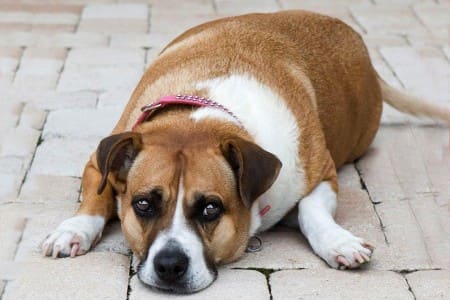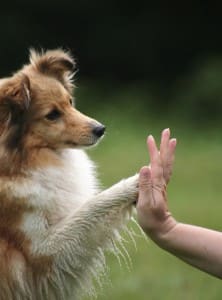Rocky’s Viewpoint

It’s a new year and many people are making resolutions that involve weight loss for themselves. I’m sure most of us have put on a few pounds over the holidays and the New Year is great time to get serious and get into shape.
The same is true with our dogs.
The best way to tell is to feel around his ribs. If you can easily feel the ribs and you notice a defined waistline, your dog isn’t overweight.
But if you can’t, your dog is fat.
The health ramifications of being overweight are enormous for dogs. It takes an average of two years off their already too short of a life span, and gives them many of the diseases that overweight humans experience, such as diabetes, heart and respiratory conditions, joint problems and more. We know you love your dog, so why put him through all of this and why incur the extra cost if it can be prevented?
Once you’ve ruled out a medical reason for your dog’s weight problem, there are two ways to help him lose weight:
Increasing quality and quantity of exercise may be relatively straightforward for most dogs (and is a subject for a separate article), but modifying diet is not.

This is a time to be strong, and not give in to the sad, begging eyes that we’re all so familiar with.
Loving your dog means helping him get and stay healthy, maintaining an appropriate weight. In doing so, you’ll both feel better and you’ll have a beloved, happy companion in your life for a much longer period of time.